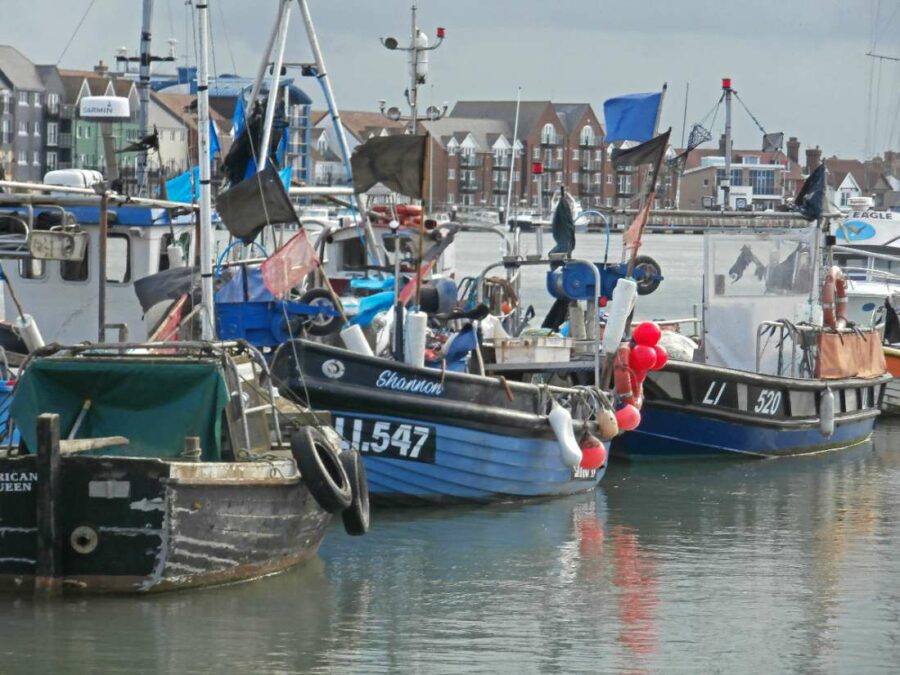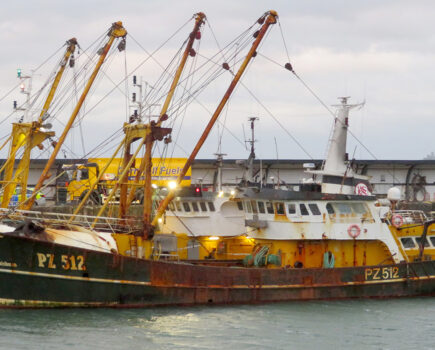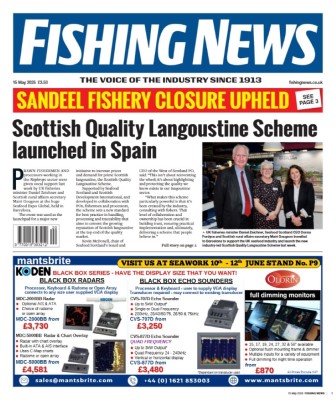Here is an example of the size selectivity of a gill net:
A typical local day’s gillnet fishing with a small quantity of surface gillnet designed to target a 42cm bass, the new regulation size, resulted in ZERO under-regulation size fish. This is a good example of just how selective gillnets can be. The yield of regulation size for that day was 15 bass and 32 mullet. The deployment was from one of our small inshore vessels which can only safely carry a very short length of net, not the ‘three miles of net’ regularly claimed by some misguided anti-gillnet campaigners.
Anti-gillnet campaigners such as Mrs Moon and others are constantly and disingenuously insinuating that fishermen are using gill nets to catch juvenile fish. Furthermore, they are inciting members of the public/stakeholders to put pressure on the IFCA’s to shut down inshore netting by alluding to gillnetting for ‘juvenile’ bass. Here is an example:
BASS (Bass Anglers Sports Fishing Society):
Quote: “We urgently need to protect juvenile bass, salmon and sea trout in order to regenerate the stocks to safe levels as quickly as possible.
“Stopping netting in rivers and estuaries is vitally important to help juvenile bass, salmon and sea trout survive to maturity and reproduce.”
And The Angling Trust:
Quote: “The bad news is that netting seems to be on the increase and is even occurring in supposedly ‘protected’ bass nursery areas with mullet being used as an excuse for hauling in by-catches of juvenile bass.”
These people should be made to explain to their supporters (and the House of Commons) that a fundamental property of gill nets is that they are highly size-selective. All the myths and lies being publicly propagated by some MP’s and lobby groups that it is gill nets that are killing juvenile bass and should be entirely banned should take advice from our Southern IFCA on the subject and withdraw those claims. They would be able to confirm that providing the correct mesh size is used for the target regulation legal size, gillnets are highly selective. We have established that also ourselves through actual fishing practice.
There needs to be a clear recognition that small inshore vessels, only able to deploy small lengths of net, represent the lower impact/size vessel part of the inshore fleet.
This above point is really important, since any legislation pushed through (without full consideration of the facts pertaining to gill nets) will affect these boats more than the more capable under 10m inshore vessels.








